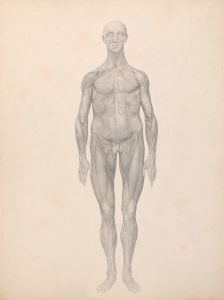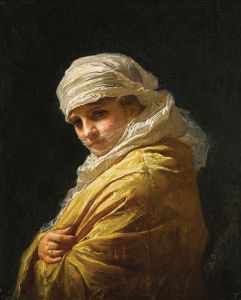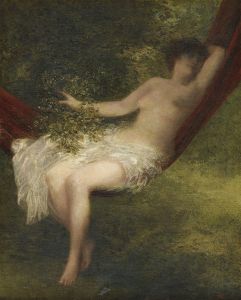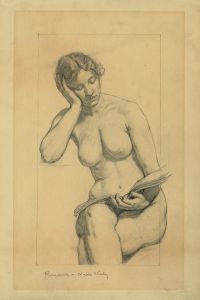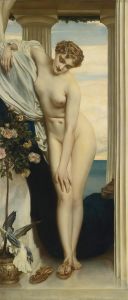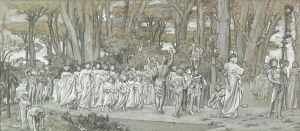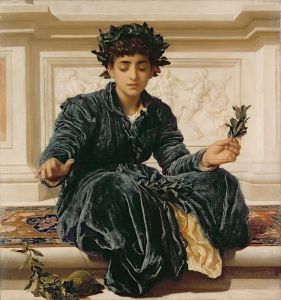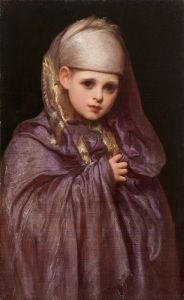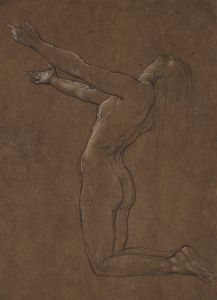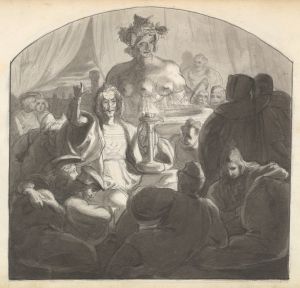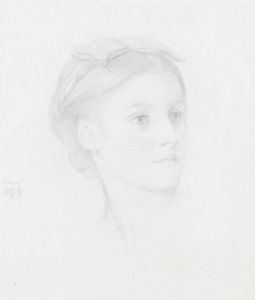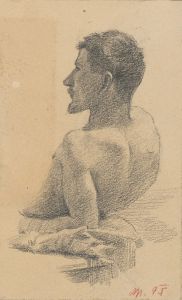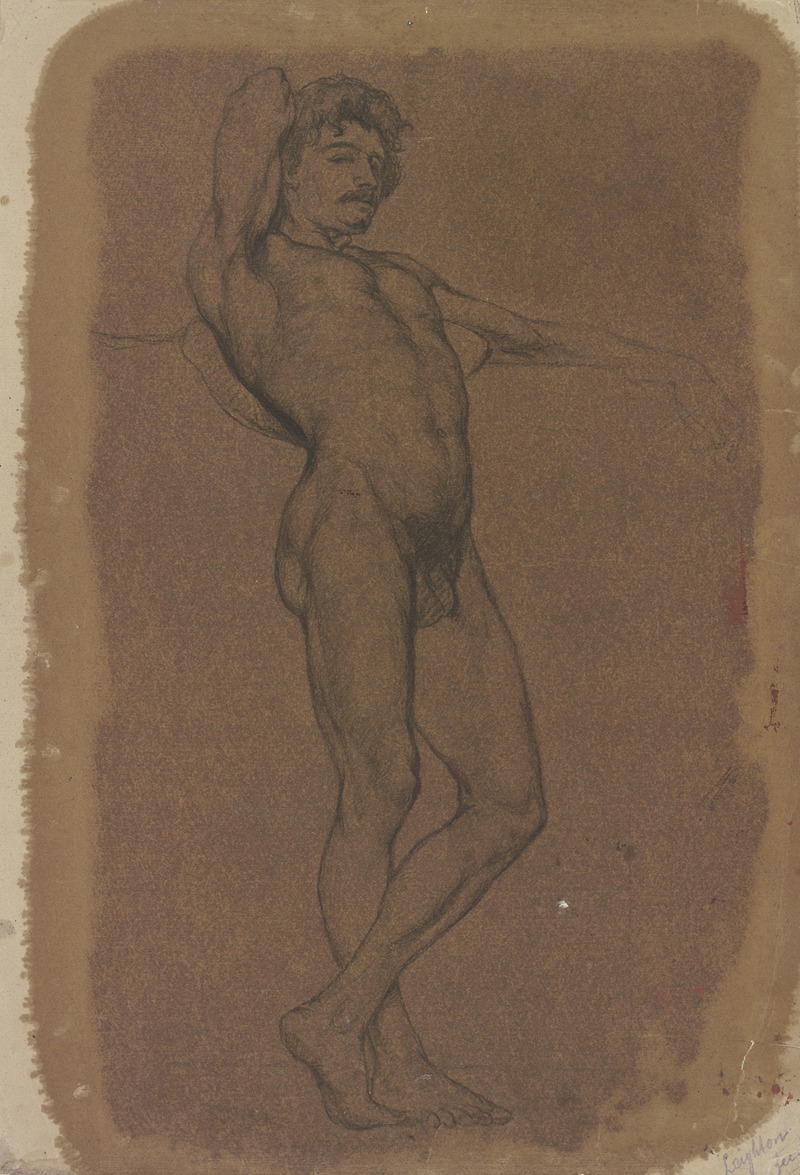
Male nude
A hand-painted replica of Frederic Leighton’s masterpiece Male nude, meticulously crafted by professional artists to capture the true essence of the original. Each piece is created with museum-quality canvas and rare mineral pigments, carefully painted by experienced artists with delicate brushstrokes and rich, layered colors to perfectly recreate the texture of the original artwork. Unlike machine-printed reproductions, this hand-painted version brings the painting to life, infused with the artist’s emotions and skill in every stroke. Whether for personal collection or home decoration, it instantly elevates the artistic atmosphere of any space.
Frederic Leighton, an eminent British artist of the 19th century, is renowned for his contributions to the Victorian art scene, particularly through his association with the Aesthetic Movement. One of his notable works is "Male Nude," a painting that exemplifies his mastery in depicting the human form with classical precision and elegance. Although specific details about the painting "Male Nude" are scarce, Leighton's broader body of work provides context for understanding his approach and artistic intentions.
Leighton was born in 1830 and received his artistic training in Europe, studying in cities such as Florence, Paris, and Frankfurt. His exposure to classical art and the Renaissance masters heavily influenced his style, which is characterized by a focus on idealized beauty and harmonious composition. Leighton's works often reflect a deep appreciation for classical antiquity, which is evident in his frequent portrayal of mythological and historical subjects.
The depiction of the male nude in art has a long tradition, tracing back to ancient Greek and Roman sculptures that celebrated the human body's aesthetic and anatomical perfection. In the Victorian era, the male nude was a subject that allowed artists like Leighton to explore themes of heroism, athleticism, and ideal beauty. Leighton's treatment of the male form is marked by a meticulous attention to anatomical detail and a commitment to capturing the grace and strength of the human body.
Leighton's "Male Nude" likely aligns with these artistic principles, showcasing his skill in rendering the male figure with both anatomical accuracy and an idealized sense of beauty. His approach would have been informed by his academic training and his admiration for the classical tradition, which emphasized proportion, balance, and the harmonious arrangement of forms.
Throughout his career, Leighton held prestigious positions within the British art establishment, including serving as the President of the Royal Academy from 1878 until his death in 1896. His influence extended beyond his own artwork, as he played a significant role in shaping the direction of British art during his tenure. Leighton's works, including his studies of the male nude, contributed to the broader dialogue about the role of beauty and aesthetics in art, a central concern of the Aesthetic Movement.
While specific information about "Male Nude" is limited, it can be appreciated within the context of Leighton's oeuvre and the artistic environment of his time. His dedication to classical ideals and his technical proficiency continue to be celebrated, and his works remain an important part of the study of Victorian art. Leighton's legacy is preserved in institutions such as the Leighton House Museum in London, which houses many of his works and offers insight into his artistic process and achievements.





